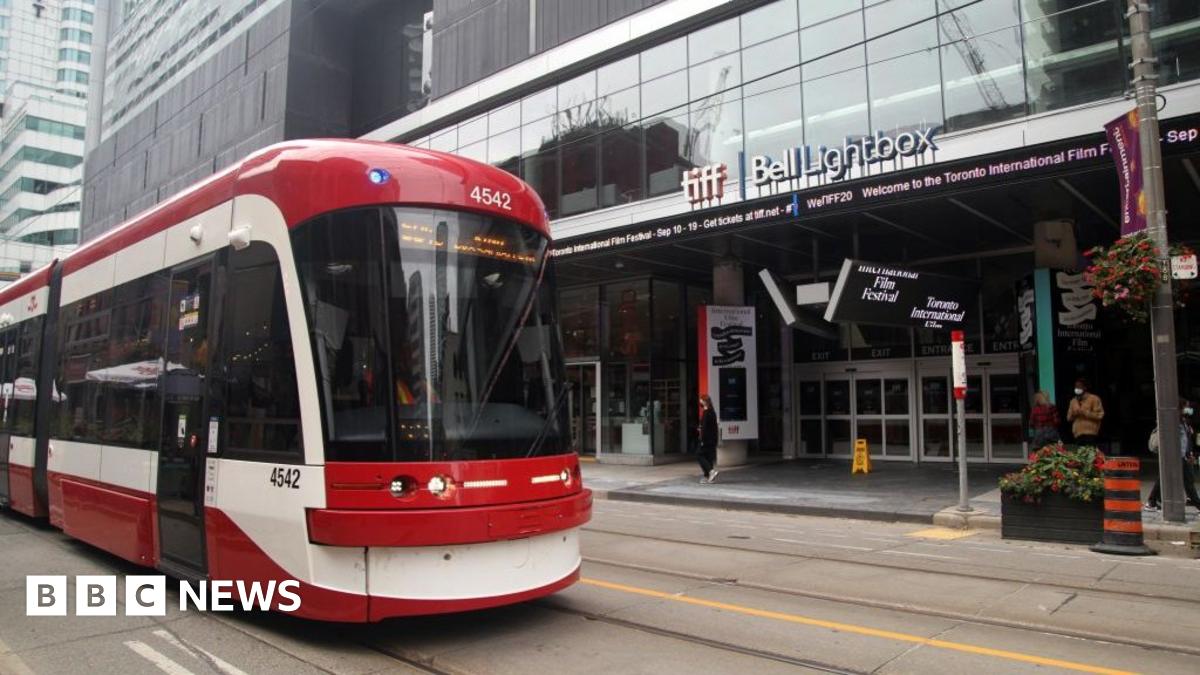King Station Capacity Enhancement Project
Design phase - Utility Engineering Investigation (February – May 2023*)
What we are doing and why:
The TTC’s Line 1 Yonge-University, is the busiest rapid transit line in Canada and plays a crucial role in moving people in Toronto and in the Greater Toronto region. Ridership has grown over the years, and pre-pandemic it regularly exceeded the scheduled capacity south of Bloor-Yonge Station during the morning rush hour. As ridership recovers, there remains a strong demand to address overcrowding conditions which impact the passenger experience, system efficiency and reliability. The TTC is planning for capacity improvements at some of Line 1’s busiest subway stations. This important project at King Station will improve passenger flows, fare line clearance times, reduce bottlenecks, speed journey times and improve the overall customer experience at the station. For more information on this program, please visit our website.
As part of this program, construction work is planned at King Station to meet both current and future ridership demand starting 2025*. Prior to that, crews on behalf of TTC will be conducting early investigation work for the design phase of this project.
Schedule for TTC improvement projects at King Station: TTC is currently working to build elevators that will make King Station accessible. Construction crews on behalf of TTC have begun construction work at street-level on Elevator “E1” on Melinda Street and Elevator “E3” at Yonge and Colborne Streets. The construction notice for this work can be found on our website.
Utility investigation is required as part of the design phase, and is scheduled to take place as early as February 2023*
Construction for the King Station Capacity Enhancement project is scheduled to begin as early as Fall 2025*. A notice including more details about what to expect during construction will be shared in advance of work beginning in the area (2025)*.
The Easier Access project and the Capacity Enhancement project are separated in time and have separate funding. They cannot be conducted concurrently.

 www.bbc.co.uk
www.bbc.co.uk






